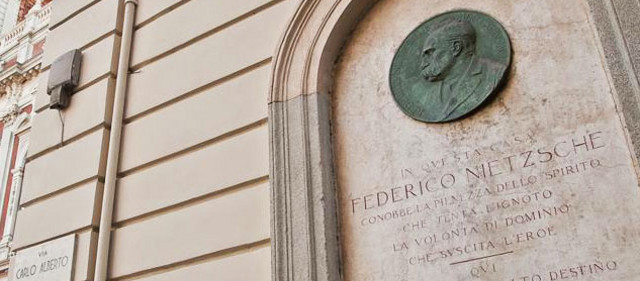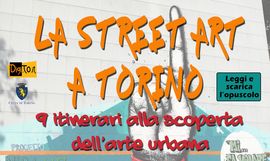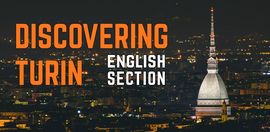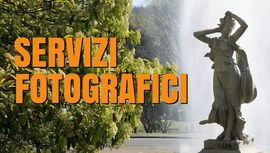Home » DISCOVERING TURIN » Turin, cradle of writers and philosophers
19 Luglio 2019
Turin, cradle of writers and philosophers
Nestled between the Alps and the hills, our city has given birth and hosted Italian and foreign intellectuals who have made the history of literature and philosophy
Paride Pasini (translation by Lorenzo Bijno)

The inscription dedicated to Nietzsche in via Carlo Alberto
“Here is a city I hold so dear. In fact, the only one. Quiet, almost solemn. A timeless land for eyes and feet. A breath of the best eighteenth century with palaces which speak to the heart and are not just Renaissance fortresses. And then you can see the Alps from the city centre! These long roads that seem to lead in a straight line to the august snowy peaks! The air is serene and sublimely clear. I would never have believed that a city, thanks to the light, could become so beautiful“.
This is how Friedrich Nietzsche described Turin in 1888.
The capital city of Piedmont at the foot of the Alps is a city of literature with its bookshops, historical cafés, squares and porticoes which fascinated intellectuals, writers and philosophers and influenced their history, their spirit and their works. Literature is the best leitmotif to discover the city.
The centre of Turin’s cultural life is undoubtedly piazza San Carlo with its cafés, where Giulio Einaudi (founder of the eponymous publishing house), Macario (renowned film actor and comedian) and De Gasperi (30th Prime Minister of Italy) used to spend their time chatting. Vittorio Alfieri (famous dramatist and poet) lived next to the Caffè Torino, where he wrote his first tragedies and Alexandre Dumas, author of the Count of Montecristo, also used to have the drink that he “would never forget”: the bicerin (a hot drink made of espresso, drinking chocolate, and whole milk).
Then there is the Egyptian Museum, which was inaugurated in 1824. Had we lived in that time, we could have met Balzac, Flaubert and Tolstoy there. The latter, author of War and Peace and Anna Karenina, after travelling to Turin on foot through the Mont-Cenis, was dazzled by the city. He loved to walk to Palazzo Carignano, seat of the Savoy parliament, which is now home to the Risorgimento museum.
The German philosopher Friedrich Nietzsche, who stayed in Turin only for six months (but just enough to fall in love with the city) lived in via Carlo Alberto, where he wrote Ecce homo, a book examining life in accordance with the philosophy of passive nihilism. Overlooking the Po river stands the Palazzo degli Stemmi (the Coat of Arms Palace, located in via Po 29), the historic seat of the University, which now houses the Dean’ s Office and where Erasmus of Rotterdam discussed his thesis in theology.
The Po river comes to life in the writings of Jean-Jacques Rousseau. In the Emile, he writes: “I was led out of the city, over a very high hill, at the foot of which the Po river flew, whose course trembles through the fertile banks which it bathes”. The philosopher from Geneva lived initially in an attic in via Po, where he worked as an engraver in a pottery workshop. Then he moved to via San Domenico, in Palazzo Mazzonis, now home to the Mao – the Museum of Oriental Art.
Even Emilio Salgari, the creator of Sandokan, lived the last years of his life along the banks of the river (corso Casale 255). In fact, the Salgari Campus in corso Chieri is named after his book The Tiger of Malaysia and it is the perfect place for those who want to learn survival techniques. Torquato Tasso, the famous playwright from Sorrento, spent some time in via Pietro Egidi 6, a few steps from the Porta Palatina, the last reminder of the Roman Age in Turin, as a guest of the Marquis of Este. He grasped the chance offered by the location of his stay to attend the exhibition of the Holy Shroud in the Chapel of Guarini.
Silvio Pellico, a patriot imprisoned by the Austrians in Brno, lived in via delle Orfane, past the old senate palace. On returning to Piedmont, he wrote the story of his imprisonment, My Prisons. Turin was also the beating heart of the Italian intelligentsia as well as Edmondo De Amicis’ birthplace. Cuore, his masterpice, was written in piazza XVIII Dicembre, a few steps from piazza Statuto, where he also wrote Primo Maggio. It stands to reason that the city dedicated a monument to him in the Sambuy gardens.
Cesare Pavese was another writer who made a name for himself in Turin, where he studied American literature and worked with the Einaudi publishing house. After leaving the city during the war, he returned to the capital of Savoy where he published his masterpieces La casa in collina (The House on the Hill), Il diavolo sulle colline (The Devil in the Hills), La luna e i falò (The Moon and the Bonfires) and La bella estate (The Beautiful Summer), with which he won the Strega Prize in 1950. He lived in via Lamarmora 35 and was a frequent guest at the Caffè Platti in corso Vittorio. Because of a heartbreak, he committed suicide in room 346 of the hotel Roma in piazza Carlo Felice, where the furnishings of the time are still preserved.
Also Primo Levi, still distraught by the horrors experienced in the Nazi extermination camps, took his own life. He used to live in corso Re Umberto 75 and study chemistry at the university, before being captured by the fascist militia and deported to Auschwitz. When he returned to Turin after the Liberation, he described the life of the camp in If This is a Man, the return journey in The Truce and the life after the Holocaust in The Drowned and the Saved.
In collaboration with Study in Torino





